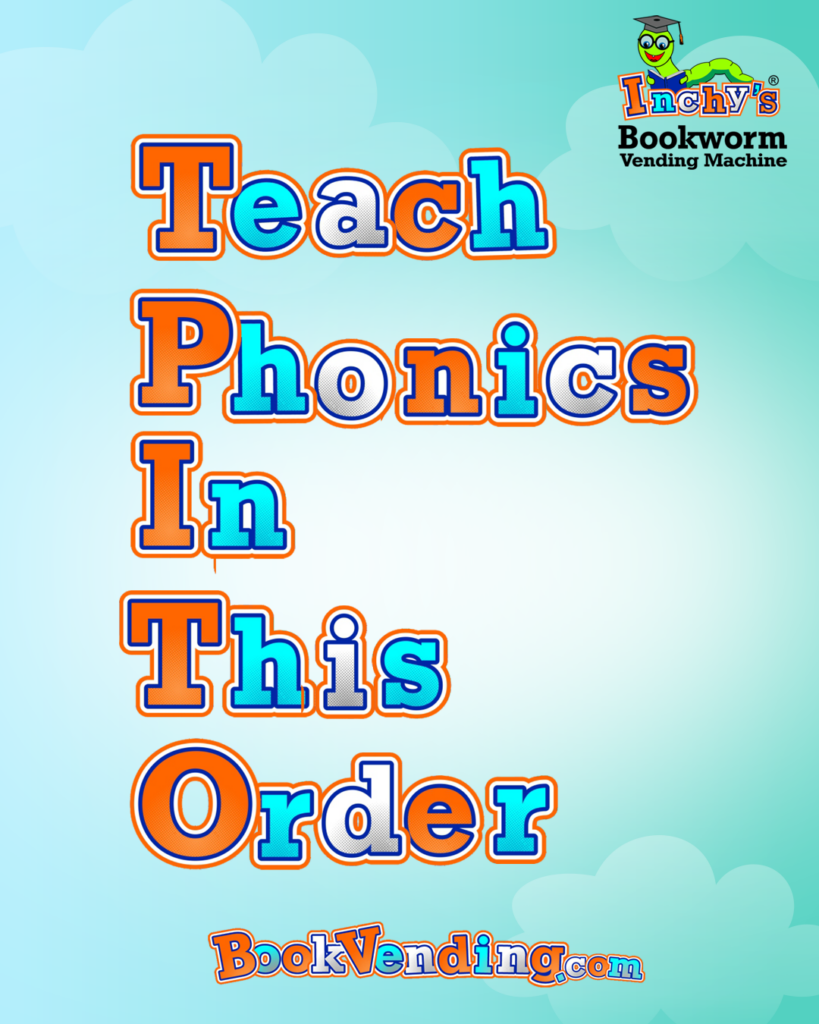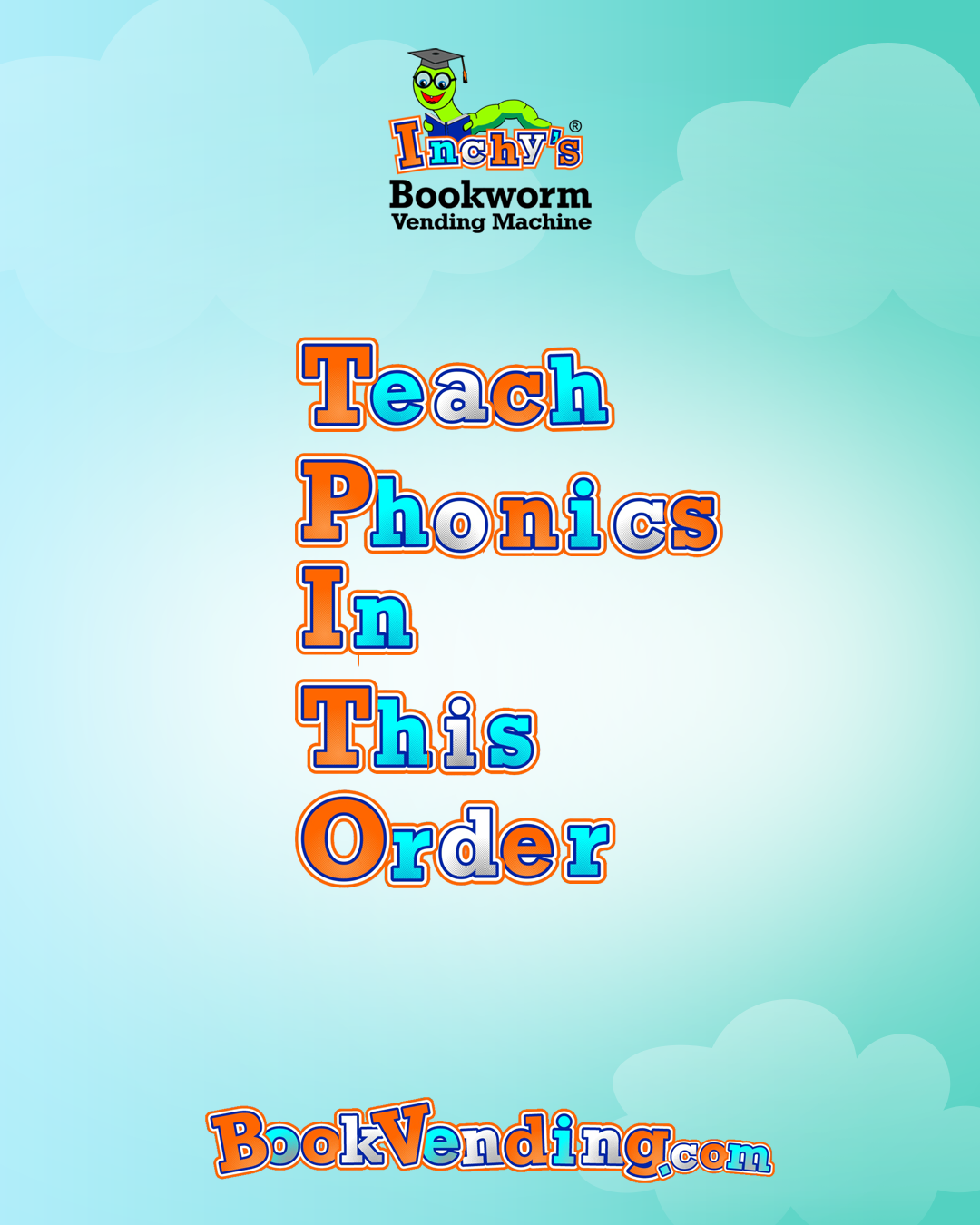
Hey there Bookworms! 📚 This is Part 2 of our series on The Science of Reading – What Order Do We Teach Phonics?
Teaching phonics can sometimes feel like solving a puzzle in the dark, right? You’re handed a bunch of letter-shaped pieces, vowels, consonants, and a handful of tricky combinations like “ch,” “sh,” and “th.” Plus, there’s always that one kid who insists that “w” should totally be pronounced like “weird” instead of “wonderful.” But fret not, because today we’re breaking the secret code of teaching phonics in the right order.
Letter Sounds
First up, we have the basics – letter sounds! Start with the individual sounds each letter makes. That’s right, kids, A is for apple, B is for banana, and C is for…chimpanzee? Well, close enough!
We like the tap, map, write, and read strategy. What does that mean? Check out our article on Phonemic Awareness to learn more.
CVC Short Vowel Word Families
Once they’ve got the hang of those letter sounds, it’s time to introduce CVC (Consonant-Vowel-Consonant) words. Think of words like cat, dog, and pig. Easy, right?
Digraphs
Now, let’s spice things up a bit with digraphs. Digraphs are those dynamic duos like “ch,” “sh,” and “th.” They work together to make unique sounds. It’s like a phonics buddy system!
Blends
Blends are like peanut butter and jelly. They go together but you can still taste the individual flavors. Teach blends like “bl,” “st,” and “fl” to help kids tackle more complex words.
Magic E
Abracadabra! With the Magic E, you transform words like “cap” into “cape.” It’s like giving words a superhero cape by making them longer and more majestic.
Vowel Teams
Now it’s time for vowels to team up! Teach kids about vowel teams like “ea,” “ai,” and “oa.” These dynamic duos often create unique vowel sounds.
Diphthongs
Diphthongs are like the rockstars of phonics. Words with diphthongs make unique gliding sounds, like “oi” in “coin” and “ou” in “cloud.”
R-Influenced Vowels
R is a bit of a vowel rebel sometimes, influencing the way other vowels sound. Words like “car,” “bird,” and “fork” showcase this phenomenon.
Word Endings
Let’s wrap things up with word endings. Teach kids about suffixes and how they can change a word’s meaning. For instance, “happy” turns into “happily” with a simple -ly.
Contractions
Apostrophes make words shorter! Teach kids how to contract words, like turning “do not” into “don’t.” It’s all about saving time and space!
Homophones
Last but not least, let’s tackle homophones. These are words that sound the same but have different meanings and spellings. “To,” “too,” and “two” are classic examples.
Sharing A Little Secret
Now, before moving from Phonics to Vocabulary, here’s a little secret. Researchers are still debating about the ideal order. Sometimes digraphs might be listed before blends. Other times, you’ll see blends before digraphs. The important thing is to find an order that keeps your learners engaged.
So there you have it, the phonics sequence you can count on. Remember, the key is to have fun along the way. Celebrate every “aha” moment with your young learners. Happy teaching! And may your phonics adventures be as delightful as a vending machine full of books!
Inchy’s Bookworm Vending Machine is all about giving back! 📚 We’re on a mission to help kids read and succeed. We believe in making the world a better place through literacy. 💪🌍

